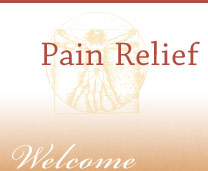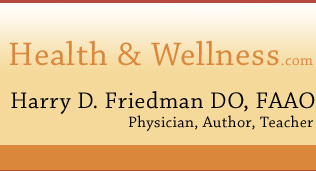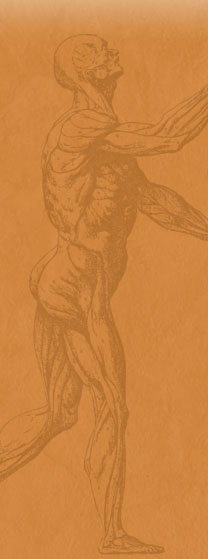"I had to perform many serious experiments on my own cranium because of my skepticism about the mobility of the cranial bones. I could not perform these experiments upon the heads of other people. However, I did need to perform them on a living head because it was necessary to have the knowledge that is unobtainable from the study of a dead specimen in an anatomical laboratory. . . Had I tried them on another person I would only have had information; they would have the knowledge.”
- William G. Sutherland, D.O.
As an Osteopathic student with an intense desire to develop my diagnostic and treatment skills, I often found myself wondering why I was working so hard to learn how to feel what was happening in someone else’s body when my own body was in many ways much more accessible. I found myself as the “patient” lying on the table in Osteopathic Principles and Practice class learning more by sensing my own mechanism, my own anatomy and physiology, than I did when I was the student physician sensing my patient’s body. As Osteopaths, we are trained to be attentive to other people’s anatomy and physiology, but not to our own. Most people don’t know how to listen to the deep messages conveyed by the wisdom of their own biological process, and to use this sense. Once I learned to recognize a physiological phenomenon in myself, it was much easier to perceive it in someone else.
I discovered that when studying anatomy and physiology if I embarked on my own inner “Tour of the Minnow”, like Dr. Sutherland, I could deepen my knowledge by exploring my own living human body, rather than merely gain information from reading the book or listening to a lecture. Along with the development of my perceptual field and the knowledge that came with it, I realized I could also apply these self-sensing principles to the treatment process. I hoped that some day I could find a way to teach this to my patients and empower them to care for themselves without always being dependent on someone else to treat them.
Years later, as I developed into an Osteopathic educator, teaching at New York College of Osteopathic Medicine and eventually becoming Course Director of the Cranial Academy’s 40-hour Basic Course, I wondered why our educational process was initially so externally oriented, when Dr. Sutherland began his Osteopathic inquiry as an inner exploration of his own Primary Respiratory Mechanism. I began to develop my own methods of teaching students to perceive Osteopathic principles in their own bodies.
I have always searched for ways to reproduce or support Osteopathic experiences outside of the usual clinical context. I have explored many methods of increasing awareness and self-care and I try to convey what I have learned to my students and patients for their own use. Continuum Movement is the most effective approach I’ve found that offers an opportunity to experience Osteopathic principles in ourselves. Continuum teaches us to access an expanded perceptual awareness that enables us to recognize and respond to internal cues. We can use this wisdom to guide any aspect of our own lives or we can apply this expanded array of perceptions to our practice of Osteopathy.
I have created a series of workshops to teach Continuum Movement to Osteopaths. Here is a brief description of some of the essential principles of Continuum Movement and an explanation of the common ground they share with Osteopathy.



